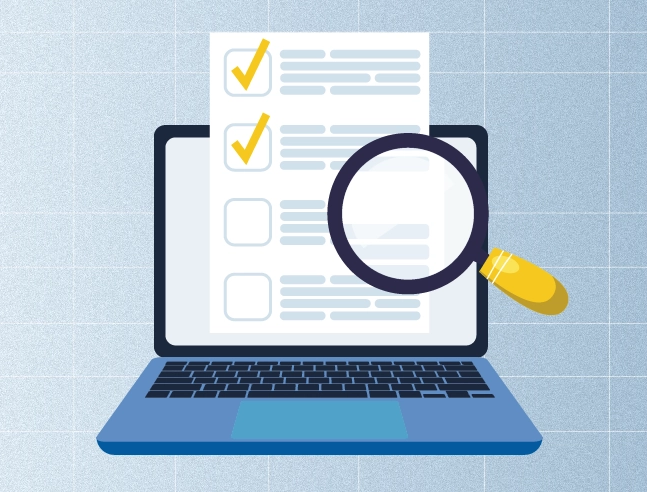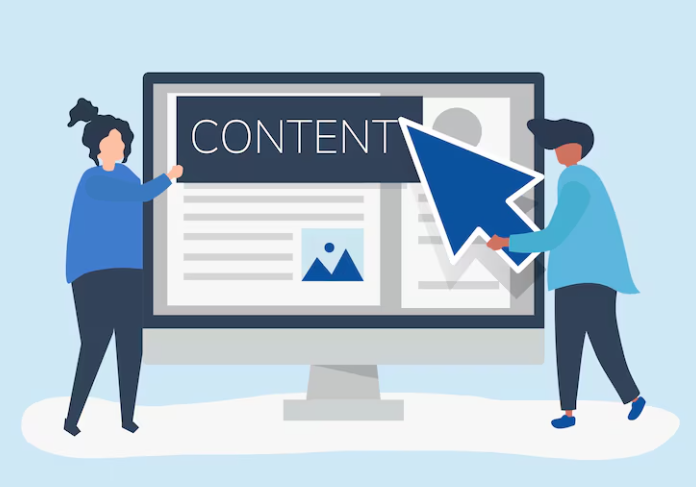
Start a free trial and enjoy 3 months of Shopify for 1 $/month on select plans. Sign up now


A store blog is one of the most underrated growth engines in eCommerce. It doesn’t just attract traffic; it educates customers, builds trust, and creates pathways that lead shoppers directly to your products. But many merchants fall into the same trap: they publish blog posts based on gut feeling or copy what competitors are doing, only to find their content underperforms. The reason is simple—content gaps. When your blog misses key topics, fails to answer customer questions, or overlooks emerging trends, you’re leaving sales and visibility on the table.
This is where AI becomes a game-changer. Artificial intelligence tools can analyze data on a scale no human could manage, uncovering the blind spots in your content strategy and suggesting areas where your blog can grow stronger. In this article, we’ll dive into how you can use AI to identify content gaps in your store blog, why it matters, and how to turn insights into action that drives real results.

Before diving into AI, it’s important to understand the concept of content gaps. In the simplest terms, a content gap is a missed opportunity—a place where your blog should be offering value but isn’t.
Content gaps typically fall into three categories:
For example, imagine you run a skincare store. You might have posts on “The Best Moisturizers for Dry Skin” and “How to Build a Skincare Routine,” but you might be missing posts on trending topics like “How to Layer Retinol and Vitamin C” or “Skincare for Sensitive Skin.” Those blind spots are content gaps—topics your customers are searching for but can’t find on your blog.
The consequences are clear: fewer keywords ranking, less traffic, missed chances to build authority, and even frustrated customers who go elsewhere for answers. Identifying and filling these gaps means more visibility, more engagement, and ultimately more sales.
Traditionally, merchants identified content gaps through manual audits—reviewing analytics, tracking keyword performance, and comparing content against competitors. While useful, this process is time-consuming and often incomplete. AI changes the game by automating these tasks and delivering insights in minutes.
Here’s why AI stands out:
For instance, while you might know that “running shoes” is a popular keyword, an AI tool could reveal that competitors are ranking high for “best running shoes for beginners” or “running shoes for flat feet”—topics your blog has never covered. That’s an opportunity uncovered through AI’s ability to connect data patterns.
The real value isn’t just in the speed; it’s in the clarity. AI helps you see exactly where your blog falls short compared to what your customers and search engines expect.
One of the most powerful ways AI identifies content gaps is through keyword and topic analysis. Instead of guessing what to write about, you can let AI analyze competitors, search trends, and user intent to build a map of opportunities.
Here’s how it works in practice:
For example, say you own a fitness apparel store. Your blog may already cover “yoga pants” and “best workout tops.” AI might reveal you’re missing articles like:
These aren’t random ideas—they’re data-driven content gaps, drawn from what customers are actively searching for but not finding on your site.
By plugging these gaps, you don’t just create more posts—you build an interconnected content library that supports SEO and helps customers at every stage of their buying journey.
Content gaps aren’t always visible through keywords alone. Sometimes the best insights come directly from your customers, and AI excels at spotting these hidden patterns.
AI can scan:
For instance, imagine customers often leave reviews saying, “I love this bag, but I wasn’t sure if it was waterproof before I bought it.” That’s a clue your blog is missing content around durability, materials, or use cases.
Similarly, if customer service teams get frequent questions about sizing, AI can suggest blog posts like “How to Measure Your Feet for the Perfect Fit” or “Sizing Guide: Finding Your Perfect Backpack.”
The beauty of this method is that it ties blog strategy directly to customer needs. Instead of guessing what your audience cares about, you’re basing content decisions on their own words.

Competitors are one of the richest sources of insight for content gaps, and AI makes analyzing them faster and more precise. Instead of manually scrolling through competitor blogs, AI tools can:
Let’s say your clothing store has a blog with short, 500-word style guides. AI analysis reveals that competitors’ similar guides are over 1,500 words, include FAQs, and have embedded product carousels. That’s not just a keyword gap—it’s a content depth gap.
By benchmarking against competitors, AI helps you identify where your blog falls short and gives you a roadmap for catching up—or even surpassing them.
The true power of AI isn’t in spotting gaps—it’s in helping you fill them effectively. Once AI highlights opportunities, the next step is to prioritize and plan.
A good workflow looks like this:
For example, if AI suggests you’re missing content about eco-friendly shopping bags and you sell sustainable accessories, you can plan posts like:
Each post both fills a gap and subtly guides readers toward your products.
AI tools can even generate draft outlines, suggest subtopics, or optimize existing posts to fill shallow coverage gaps. With human creativity layered on top, you can publish blogs that are both data-informed and engaging.
While AI is powerful, it’s not infallible. Relying on it blindly can lead to problems. Here are some pitfalls to avoid:
Think of AI as a partner, not a replacement. It provides data-driven insights, but your role is to apply creativity, brand knowledge, and storytelling to turn those insights into meaningful content.
Content gaps are silent killers in eCommerce blogging. They represent missed chances to capture traffic, answer customer questions, and guide readers toward your products. The good news? With AI, identifying those gaps is no longer a guessing game.
From keyword analysis and customer behavior insights to competitor benchmarking, AI equips merchants with the clarity they need to strengthen their content strategy. The trick is using those insights wisely—filling gaps with content that is authentic, useful, and aligned with your store’s mission.
In the end, AI doesn’t replace human creativity; it enhances it. By pairing AI’s analytical power with your brand’s voice and expertise, you can build a blog that not only attracts clicks but also earns trust—and trust is the ultimate currency in eCommerce.